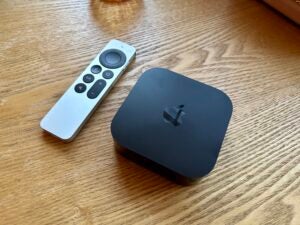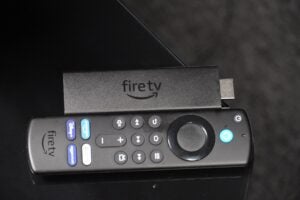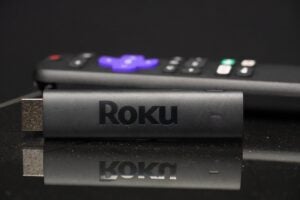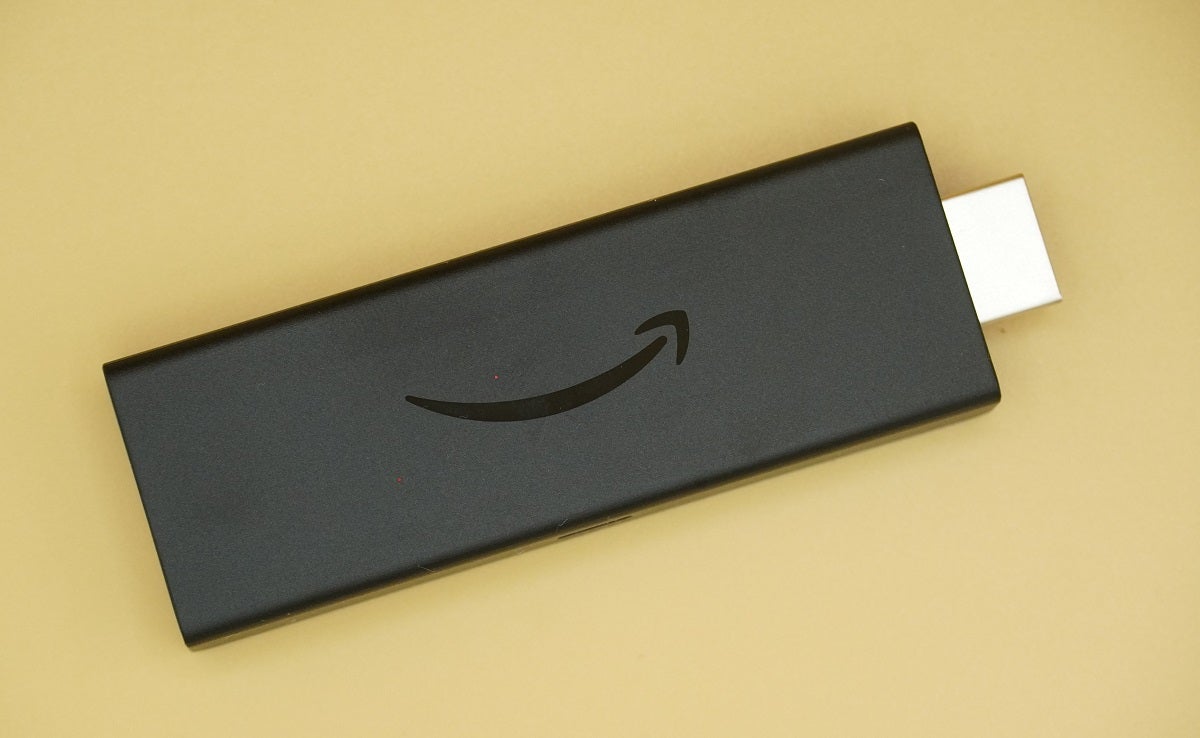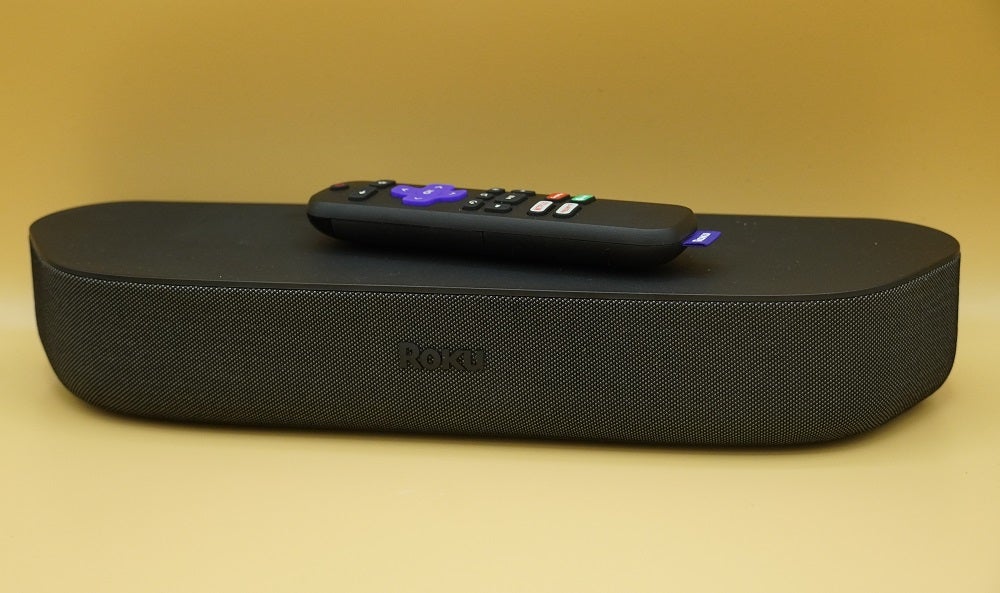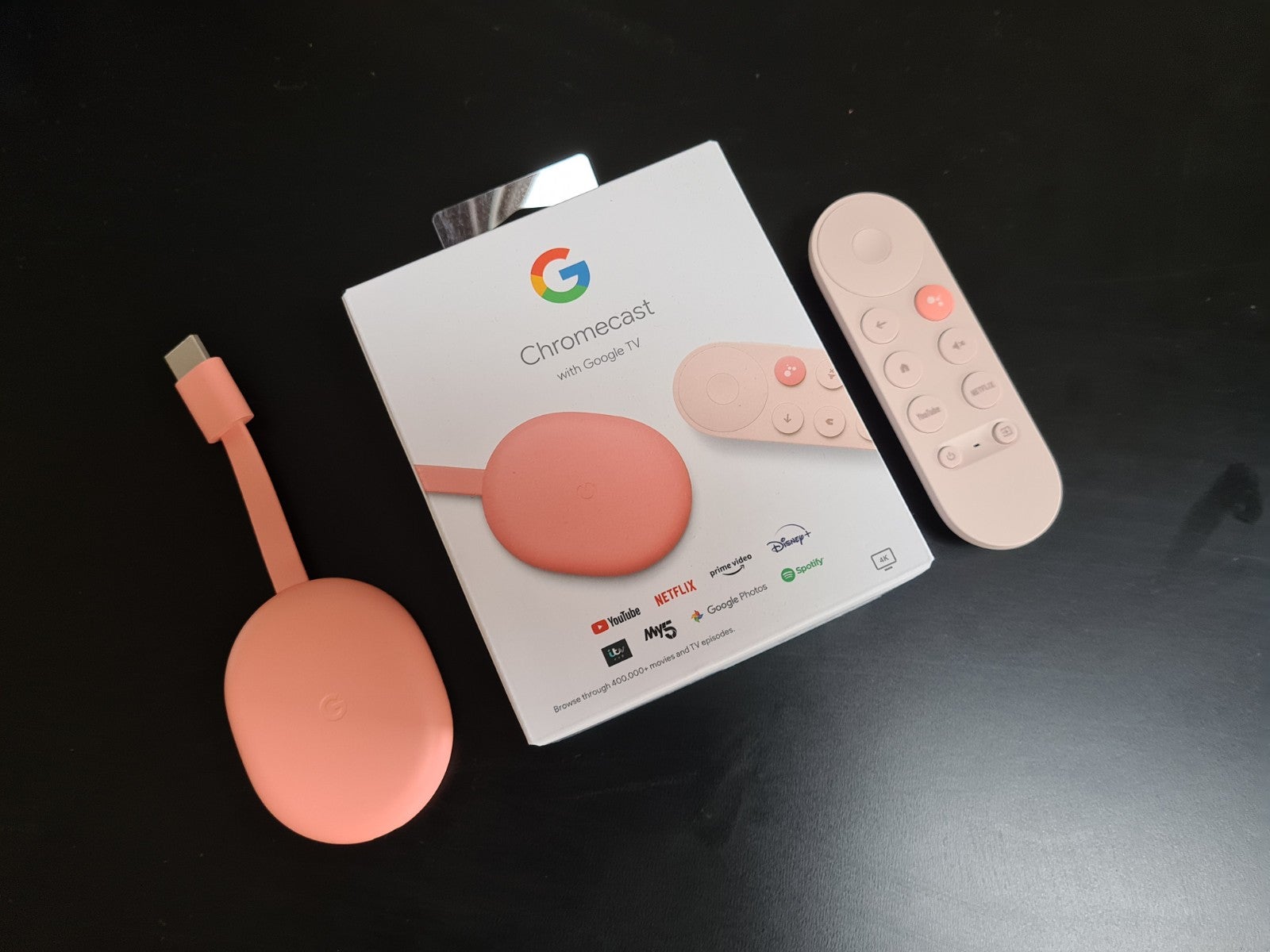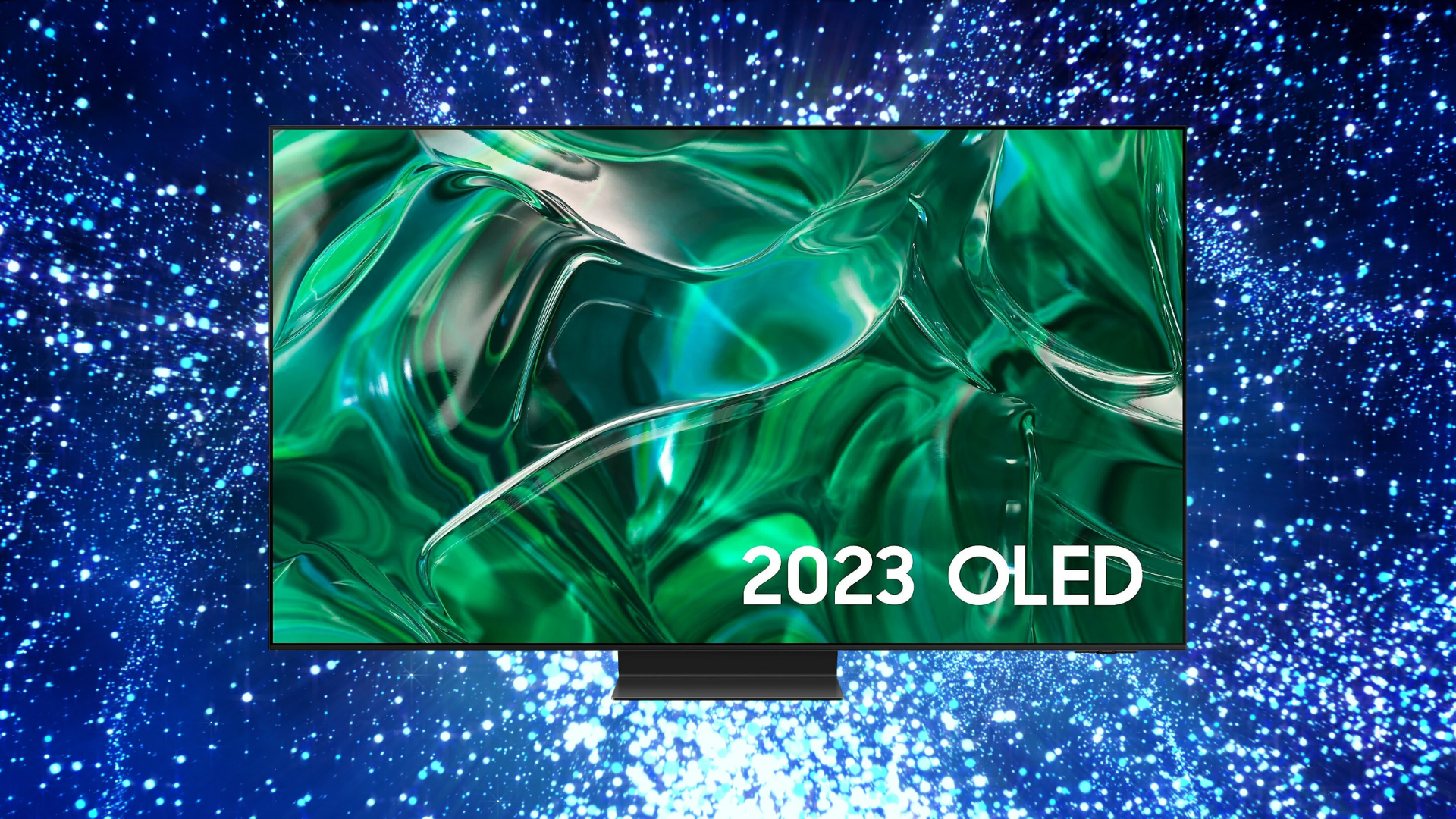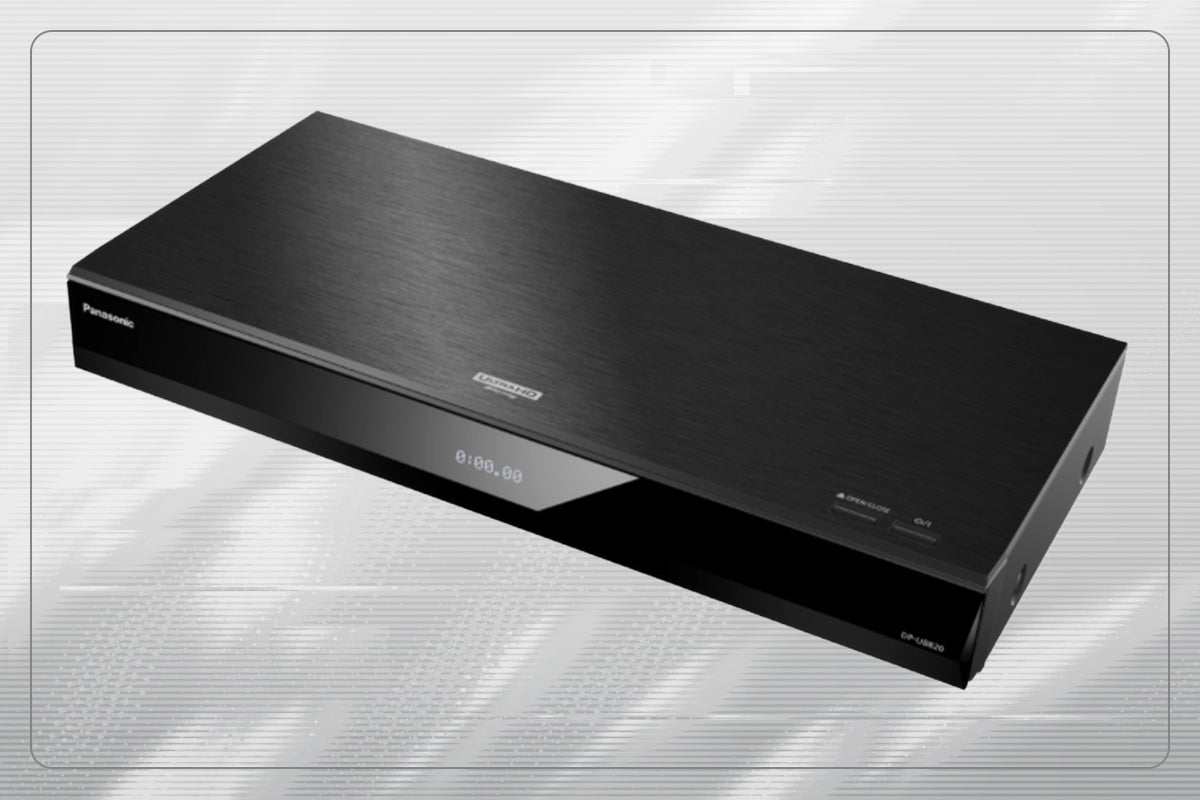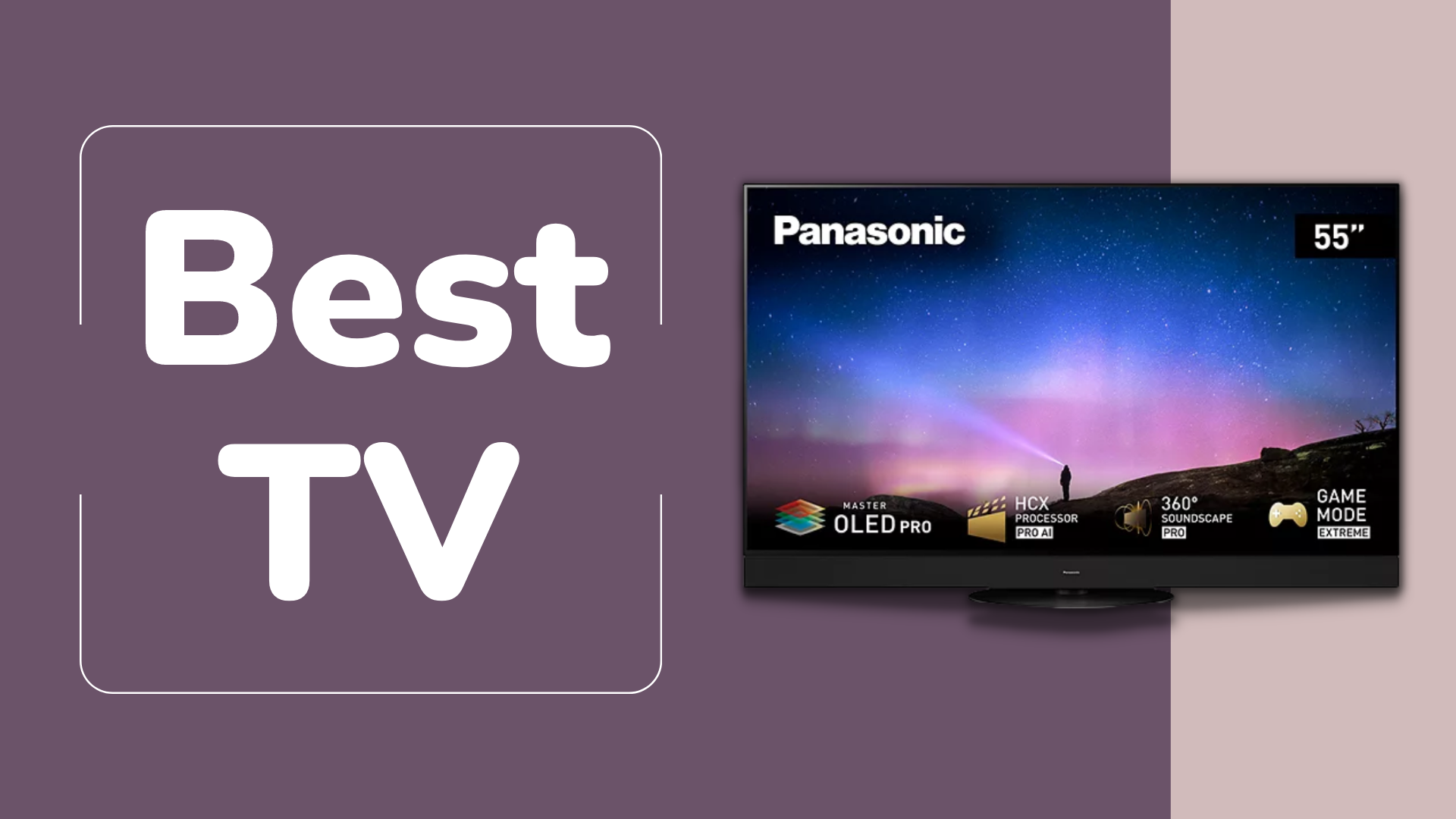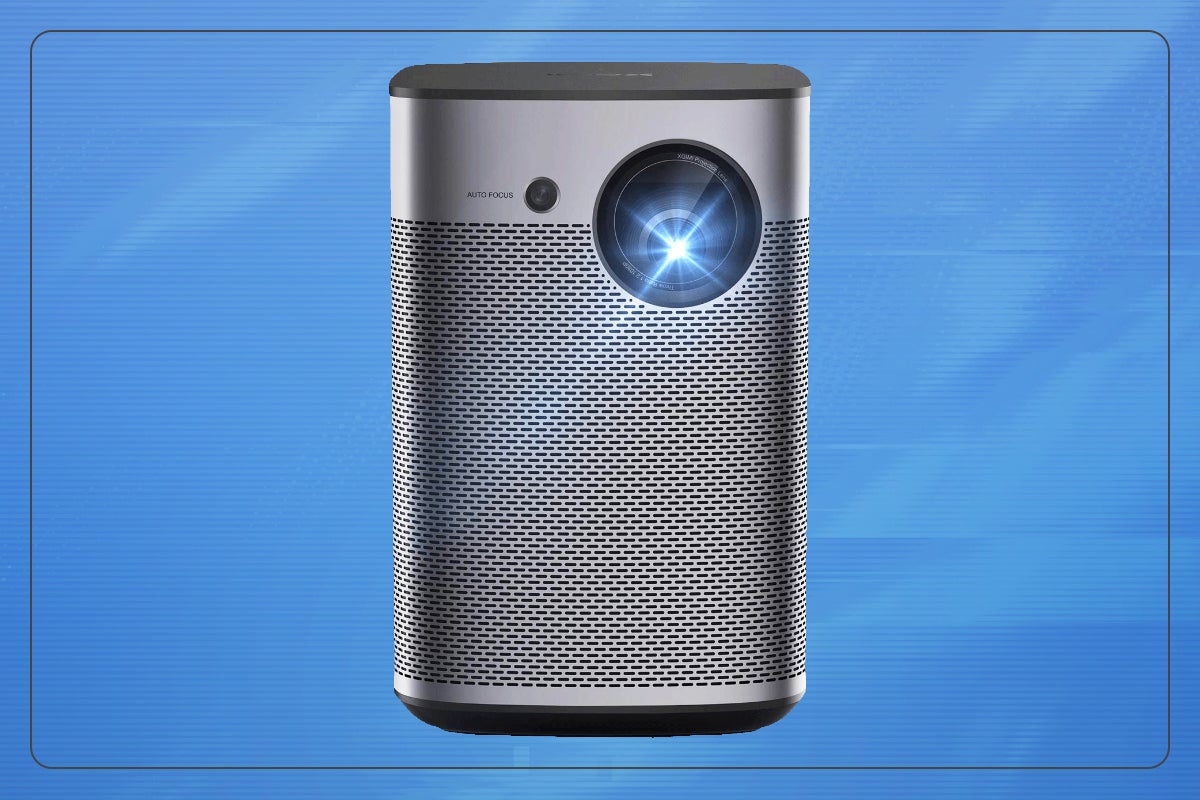Best streaming devices 2023: The top choices tested and reviewed
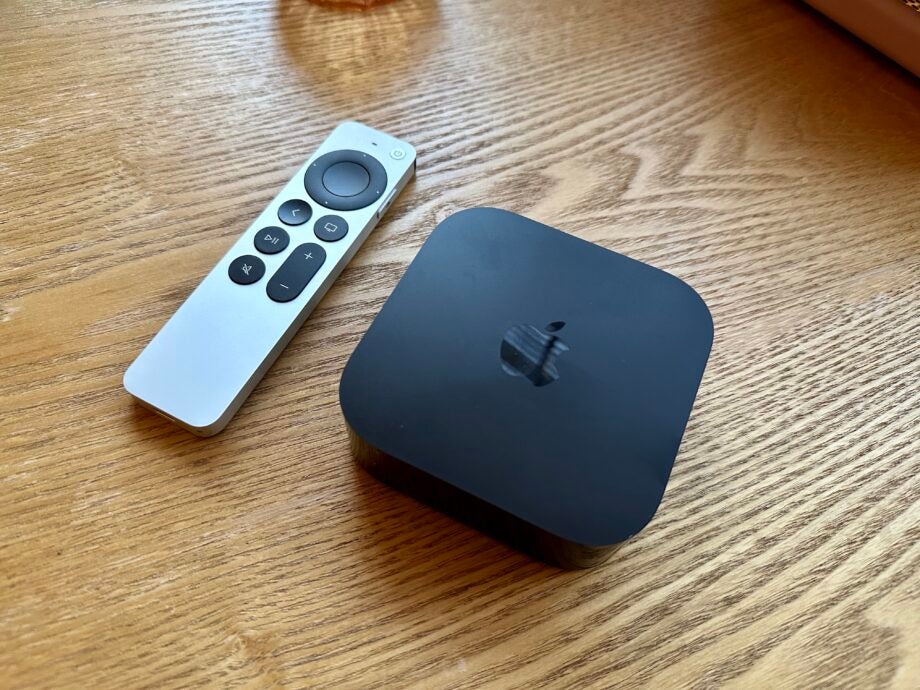
Getting your TV set up with a streaming device is perhaps the easiest way to access a large amount of content on demand. Our experts have reviewed all the best options, and this list rounds up the top choices.
Streaming sticks and boxes are ideal for filling the gaps in your TV’s app store. If your TV might doesn’t support Disney Plus or BBC iPlayer itself, a streaming stick compatible with those services would make it possible to install them anyway.
Not all streaming devices are built equally. Some offer support for one app but not another, while others have additional perks such as voice assistants and smart home control built-in to their software. This makes it important to consider which brand you opt for as Apple, Amazon and Google each have their own streaming devices with their own voice assistants and smart home compatibility on board.
We test every streaming device thoroughly, taking into consideration factors like set-up, interface, performance and app library to ensure you’re getting a detailed look at what each stick has to offer and to help you to decide which device is best for you.
For Prime subscribers, make sure to check out our guide to the best Fire TV streamer, or if you’re not sold on streaming devices just yet, head over to our breakdown of the best 4K Blu-ray players.
Finally, if you’re looking to upgrade your entertainment set-up while you’re at it, make sure to visit our guides to the best TVs and best soundbars for our top picks from each of these categories.
Best streaming devices at a glance
- Best streamer for Apple users: Apple TV 4K
- Best streamer for home cinema users: Amazon Fire TV Cube
- Best streaming stick for Amazon users: Amazon Fire TV Stick 4K Max
- Best affordable 4K HDR streamer: Roku Streaming Stick 4K
How we test
We stream a lot video and a lot of audio, but, as with any product that needs plugging into another, we unpack the streaming devices and check what connections and accessories it has. Does it come with HDMI cable? Can it be powered by a TV’s USB port? Is there a need for an HDMI extender to plug it from the wash of cables around the rear of a TV? Aesthetics don’t count much for streaming devices, but functionality does.
And then there are the means of operating the device. We’re interested in the quality of the remote, its responsiveness and feel. If there’s voice control we use that to see if it’s quicker or easier than navigating with just the remote.
Of course, there’s the interface for the streaming device itself, and we use it extensively, just like any owner would, digging into how fluid and responsive it is, and whether it’s easy to find what you want. The advent of voice control ensures we’ll be testing how well the microphones receive our voices, how accurate the response from the voice assistant is, and how the digital assistant responds to commands.
Buffering is an aspect we consider, how speedy the device can be when loading up a stream (this, of course, is dependant on your internet speed). We’ll scour the app library to see which apps are supported and how it compares to other options on the market.
Then it’s time to actually watch and listen. Streaming devices can have an effect on picture but not necessarily a great one, and are reliant on the quality of your home cinema kit. Nevertheless, we’ll pay attention to the video, HDR and audio formats that are supported, assessing whether the streamer has everything you need to watch and hear your favourite content in the best way possible.
Finally, every element is judged against the price. If a streamer represents good value generally, we’ll be a little more lenient on aspects we’re not fans of. If it’s expensive, then the streamer has to put in a suitably powerhouse of a performance.
- Superb performance that should keep it fast for years
- All the biggest streaming apps are supported
- Fantastic UI
- HDR10+ support will please Samsung TV owners
- Optional super-fast Ethernet port
- Still pricier than many of its rivals
- No HDR for BBC iPlayer
- Excellent picture and sound
- Control over a wide range of home cinema devices
- Simple set-up
- Hands-free Alexa
- HDMI cable not included
- Double the price of the Fire TV Stick 4K
- Focus on Prime Video content
- Excellent streaming performance
- UI speed improved over older models
- Bundle of entertainment apps
- Supports all major HDR formats
- Wi-Fi 6 compatible
- Prime customers best served to get the most from it
- Some might not dig the amount of ads
- No High-res audio support
- £5 more expensive than standard Fire TV 4K
- Affordable
- Excellent streaming performance
- Good feature set and app selection
- Supports all main HDR formats
- Stable Wi-Fi connection
- Remote could feel better to use, only controls Roku stick
- Missing a few apps here and there
- No HDMI extender (but one is available)

Apple TV 4K (2022)
Best streamer for Apple users
Pros
- Superb performance that should keep it fast for years
- All the biggest streaming apps are supported
- Fantastic UI
- HDR10+ support will please Samsung TV owners
- Optional super-fast Ethernet port
Cons
- Still pricier than many of its rivals
- No HDR for BBC iPlayer
Even though it sits as the priciest entry on this list, the Apple TV 4K (2022) more than makes up for its price tag with an abundance of must-have features and a premium level performance that decimates the competition.
For starters, the updates streaming box now has the super fast A15 Bionic chipset inside, which makes the process of blitzing through menus an absolute breeze – and handy if you like to get a good bit of browsing in before deciding upon what to watch.
That chipset performance also extends to the video quality. On all TV sets that we used to test the Apple TV 4K, ranging from a budget set to a high-end OLED TV, Apple’s device was able to put out punchy, crisp visuals that made the viewing experience a true delight on all occasions.
There’s also a dedicated Ethernet port on the more expensive 128GB model, which is essential if you want a more stable internet connection when streaming high-data 4K video.
The device is slightly smaller than it’s predecessor, and while this isn’t the type of change you you’d notice on a regular basis, it does come in handy if you decide to transport the Apple TV 4K from one location to another.
If you’re not already clued into the Apple ecosystem then there’s no need to worry – unlike Apple’s other products like the AirPods Pro 2 or the Apple Watch Series 8, you don’t need other Apple products to make the most of it. The core experience of the Apple 4K TV is so good that it’s an easy one to recommend to almost anyone.
Reviewer: Max Parker
Full Review: Apple TV 4K Box (2022)
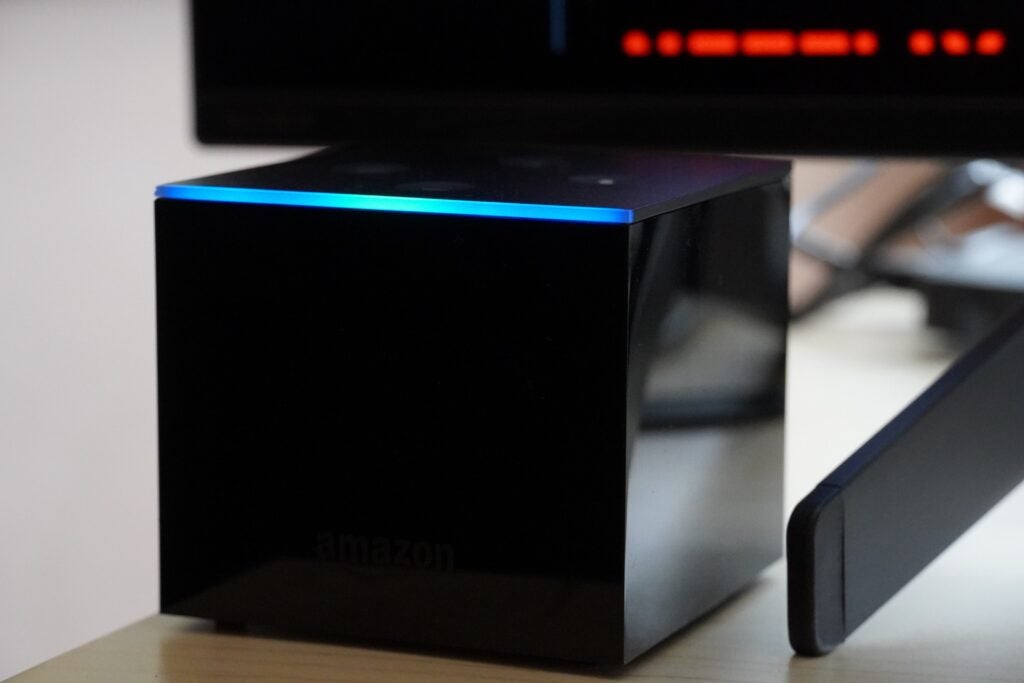
Amazon Fire TV Cube
Best steamer for home cinema users
Pros
- Excellent picture and sound
- Control over a wide range of home cinema devices
- Simple set-up
- Hands-free Alexa
Cons
- HDMI cable not included
- Double the price of the Fire TV Stick 4K
- Focus on Prime Video content
The Fire TV Cube (2nd gen) launched in 2019, but remains our favourite Fire TV streamer; a cube-shaped streamer that can pretty much do it all with its built-in Alexa voice control.
It’s bigger than a streaming stick but takes up relatively little space compared to an Apple TV 4K, small enough to be carted around to other homes if you so choose – our only issue is that the glossy finish is a magnet for smudges and picking up dust over time.
The remote’s clicky buttons offer a better response than the Roku Streaming Stick 4K‘s remote which makes for a better point of interaction.
No HDMI cable is included, which we find too frugal from Amazon, so a cable is needed to get things going. Once up and running, the Fire TV Cube can hold court over your entire home cinema set-up, with the ability to use Alexa to control devices connected to your TV (like a soundbar or AV receiver) or the IR extender that extends the Cube’s reach, enabling changes to the volume, switching inputs and hands-free navigation.
This level of connectivity isn’t possible on Amazon’s Fire TV Stick 4K Max and sets the Cube apart from many of its competitors. Alexa is built-in, with the near and far-field microphones able to hear our commands with ease, while the speaker gives Alexa a voice to respond with.
The app selection is, in our estimation, as strong as you’ll find on any streaming platform. All the big names are accounted for in their optimal form with Prime Video (naturally), Netflix, Disney+, YouTube and Apple TV+, Spotify and Tidal, plus all the UK catch-up apps in iPlayer, My5, All4 and ITV Hub. While the Wi-Fi performance will depend on the stability of your connection, our time spent with Cube revealed few, if any issues, in terms of patience-wearing buffering times.
The Fire TV Cube supports all the main HDR standards, from HDR10, HDR10+, HLG and Dolby Vision. This ensures that whatever you’re watching and on whatever TV you’re watching on, the Cube will filter through the best image to your screen. We also noted that the Cube’s compression, especially with darker scenes, is better than the Fire TV Stick 4K Max, which makes for a less distracting performance.
There’s Dolby Atmos sound if you have the kit capable to take advantage of it, and while the performance is similar to other Fire TV streamers, we did hear a more textured bass performance from our subwoofer when watching films and TV. And with Atmos and MQA support for Tidal, if you subscribe to that service you can expect excellent fidelity too.
Reviewer: Kob Monney
Full Review: Amazon Fire TV Cube
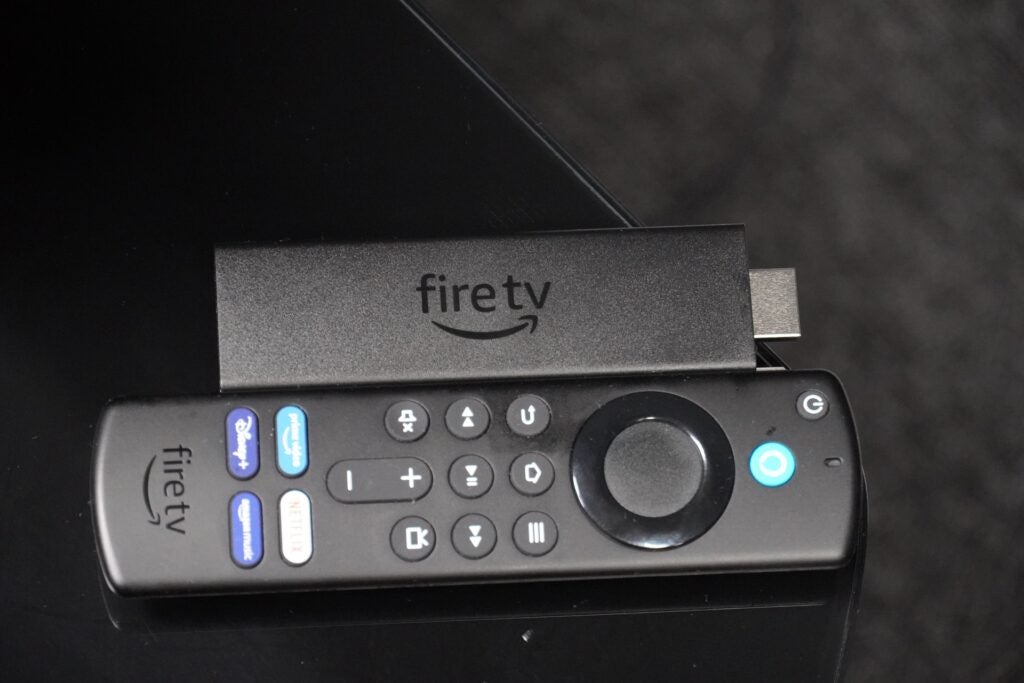
Amazon Fire TV Stick 4K Max
Best streaming stick for Amazon users
Pros
- Excellent streaming performance
- UI speed improved over older models
- Bundle of entertainment apps
- Supports all major HDR formats
- Wi-Fi 6 compatible
Cons
- Prime customers best served to get the most from it
- Some might not dig the amount of ads
- No High-res audio support
- £5 more expensive than standard Fire TV 4K
If the home cinema ambitions of the Fire TV Cube aren’t of interest, and all you want is a stick to plug in and expand the entertainment options of your 4K TV, then the Fire TV Stick 4K Max is an excellent option.
It’s half the price of the Fire TV Cube, and its performance is similar, though you don’t get the hands-free Alexa support, nor do you get as much control over connected equipment. The Max model only supports power and volume options for a TV, soundbar and AV receiver.
Still, unlike the Cube, the Max is futureproofed with Wi-Fi 6 support ensuring it’s well-placed to take advantage of the faster Wi-Fi speeds those routers bring. It also has the Live view Picture-in-Picture mode, not available on the Fire TV Stick Lite or Fire TV Stick 3rd Gen, that shows a live feed of any connected smart camera/doorbell alongside what you’re watching.
There is a bounty of apps on the Fire TV platform, with all the usual suspects (and many more) accounted for. There are also lots of ads, which may annoy some given they’ve paid for Prime, but Amazon argues it helps in terms of flinging new content at users. Voice control is possible through the Alexa remote, and we found that it’s easier to call her up and find content or navigate through the menus than to use the buttons themselves.
Performance is similar to that of the Fire TV Cube, with punchy, colourful images, good detail and speedy navigation. Though what you see on screen will depend on the quality of your TV, the Max’s wide HDR support in Dolby Vision, HDR10+, HDR10 and HLG will ensure the display has the best chance of optimising the picture. Where the Cube has the edge is in how it handles compression in darker scenes, otherwise the two streamers are close in quality.
The Cube also offers better, more textured bass performance, but what the Max offers is still better than most other streamers we’ve listened too, offering more nuance and detail in its sound than the Roku Streaming Stick 4K.
Of course you’ll need to be a Prime subscriber to make the most of this streamer. And given the ubiquity of Alexa in products and smart ecosystems, the Fire TV Stick 4K Max also gets our vote over the Chromecast with Google TV for its smarts. It’s also the cheaper of the two.
Reviewer: Kob Monney
Full Review: Amazon Fire TV Stick 4K Max
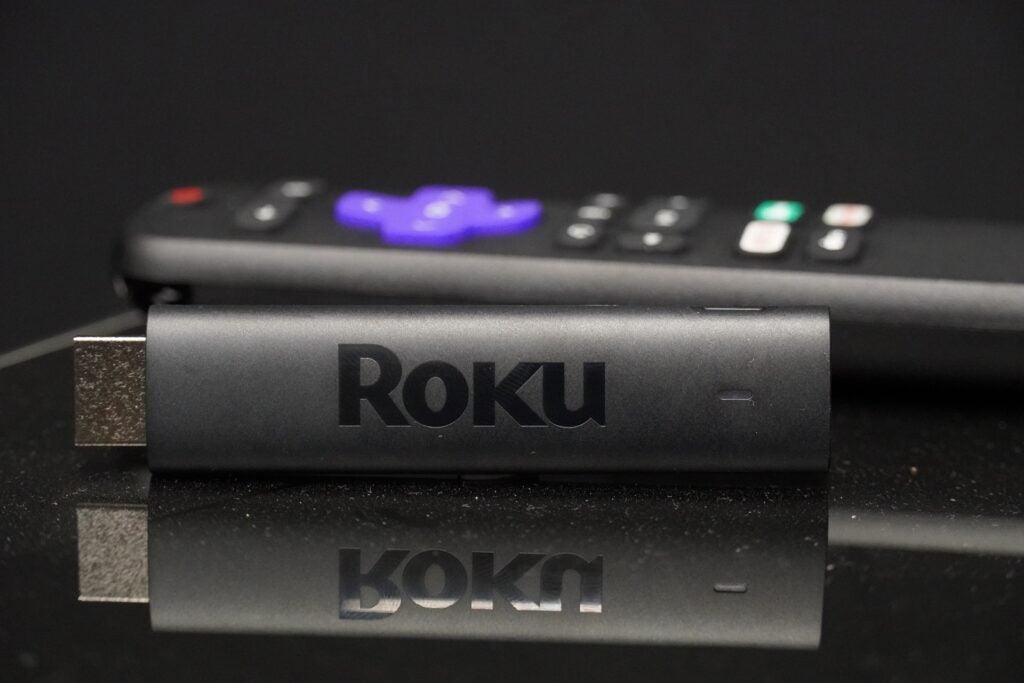
Roku Streaming Stick 4K
Best affordable 4K HDR streamer
Pros
- Affordable
- Excellent streaming performance
- Good feature set and app selection
- Supports all main HDR formats
- Stable Wi-Fi connection
Cons
- Remote could feel better to use, only controls Roku stick
- Missing a few apps here and there
- No HDMI extender (but one is available)
We include the Roku Streaming Stick 4K as an alternative to those who aren’t interested in Alexa smarts or Google interfaces. It takes a platform agnostic approach to streaming, happy to serve content from any app.
Like the Fire TV Stick 4K Max, it plugs into the HDMI port of your TV (or any device you want to plug it into). Surprisingly, it doesn’t come with an HDMI extender, something Amazon’s streaming sticks do have, but you can order one from the Roku website. We’re not big fans of the remote, the build quality is plasticky and the response from the buttons doesn’t feel great. While volume and power can be controlled, there’s no means to control other devices and you can’t use your TV remote to operate the Roku either. We’d suggest using the Roku app, as that is the more intuitive control method.
The interface feels very basic yet it works very well. It’s easy to find content (both paid-for and free), easy to customise the layout and is home to a big app library, although we’d wager Amazon has it beat in terms of app quantity. AirPlay and HomeKit are supported, so those with iOS devices will find it easy to slot the Roku into the Apple ecosystem. The Roku doesn’t natively support either Alexa or Google voice assistance, but its own voice search is very powerful and accurate in serving up entertainment.
It’s hard to choose between the Fire TV Stick 4K Max’s performance and the Roku, as both conjure similarly colourful and detailed images, and both support all the main HDR formats, so you’re getting the best performance the stick can provide. It’s in the audio department where the Amazon streamer edges things, producing a more nuanced and detailed performance, and it boasts MQA and Atmos support for Tidal streaming.
The Roku is a very good streamer, close to the quality of Amazon’s best Fire TV Stick, and if you’re not interested in Alexa smarts then the Roku is the smarter choice.
Reviewer: Kob Monney
Full Review: Roku Streaming Stick 4K
We also considered…
We’ve reviewed
See all reviewsFAQs
We’d say it depends on what you want. If you want simplicity and ease of use then we’d say Roku. If you want a wider app selection and smart features in the form of Alexa, then a Fire TV device is better.
You do not have to pay to access the Roku interface/device. You will have to pay for any app that incurs a month subscription, such as Disney+ or Spotify.


